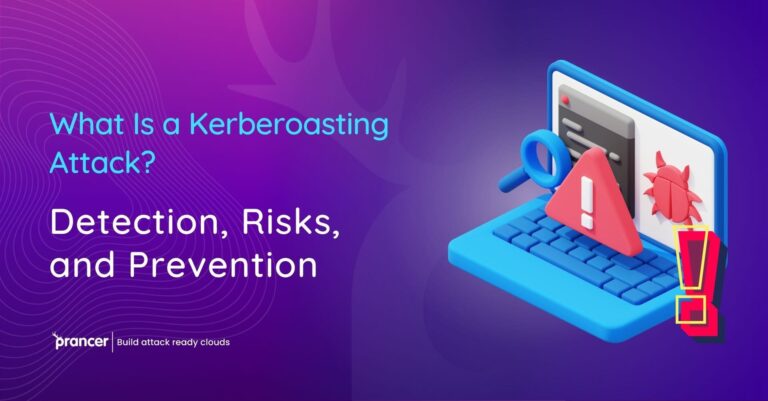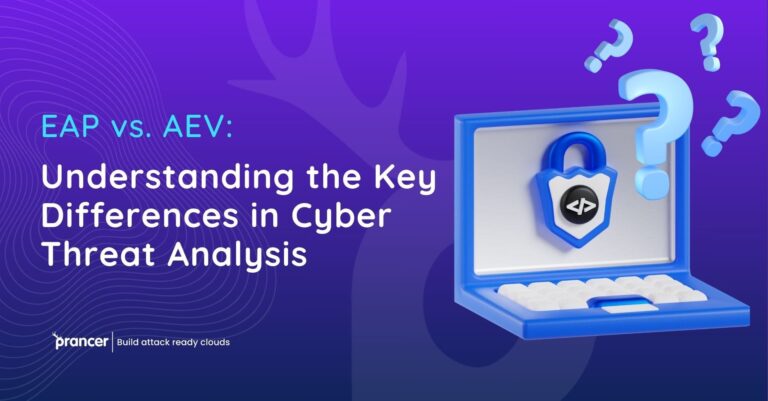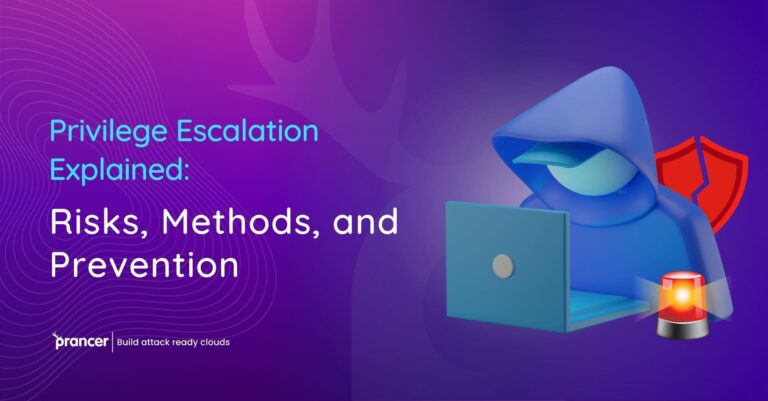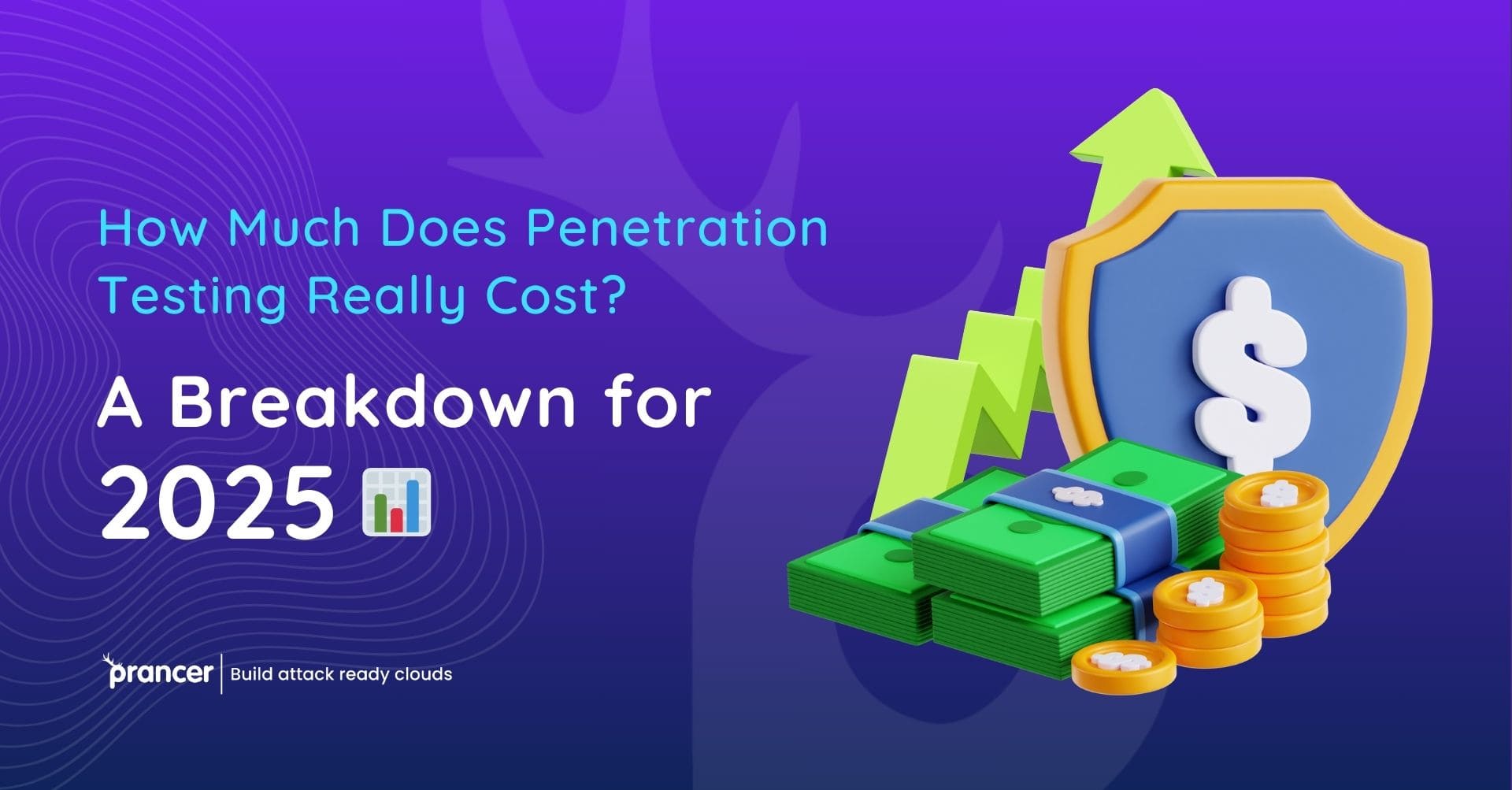Penetration testing has become crucial in cybersecurity investments for businesses in 2025 because cyber threats are evolving. However, how much does penetration testing cost? Pricing is a complex question as it depends on testing scope, methodology, and compliance requirements. Automatic penetration testing is gaining popularity as a cheaper alternative solution, capable of detecting vulnerabilities at scale quickly. In this article, I break down the exact costs, factors influencing pricing, and how Prancer is leading the charge in cybersecurity, making it easy for organizations to protect their digital assets.
What is Penetration Testing?
Ethical hacking, also known as penetration testing, is when an organization’s IT infrastructure undergoes a simulated cyberattack. Its objective is to find vulnerabilities before actual hackers exploit them. Since penetration testing is a specialized field, businesses across industries conduct these tests to meet regulations, enhance security posture, or avoid costly data breaches.
Types of Penetration Testing
In black box testing, ethical hackers have no prior knowledge of the system and thus engage in a real-world cyberattack simulation. This method is the best for evaluating external threats, but it is time-consuming and costly.
In white box testing, the tester has full access to the system architecture, source code, and system credentials. It provides a detailed evaluation, making it useful for businesses that require in-depth security assessments.
Gray box testing is a hybrid approach that combines real-world attack simulations with insider knowledge, making it a cost-effective and practical choice for medium to large enterprises.
Factors Influencing Penetration Testing Cost
Several factors affect the cost of penetration testing:
- Network Size & Complexity: Larger networks and more applications raise the cost.
- Industry Requirements: Industries like finance and healthcare require higher security standards.
- Testing Methodology: Manual testing is more expensive than automated penetration testing.
- Frequency of Testing: Regular testing leads to higher cumulative costs.
Cost Breakdown of Penetration Testing
Pricing Models
- Fixed Pricing: A total fixed project cost based on project scope.
- Hourly Rates: Typically range between $100 to $500 per hour.
- Engagement Costs: Comprehensive assessments can cost between $5,000 to $50,000 per engagement.
Manual vs. Automated Penetration Testing
Automated penetration testing uses AI-driven tools to scan vulnerabilities faster and more efficiently. It reduces costs and improves accuracy, making it a great solution for continuous security assessments.
In contrast, manual testing is more thorough but expensive, as it requires human expertise.
Prancer’s Role in Penetration Testing
Automated penetration testing uses AI-driven tools to scan vulnerabilities faster and more efficiently. It reduces costs and improves accuracy, making it a great solution for continuous security assessments.
In contrast, manual testing is more thorough but expensive, as it requires human expertise.
Optimize your security budget—explore cost-effective solutions with Prancer!
Industry-Specific Penetration Testing Costs
Healthcare Industry
Penetration testing for healthcare costs between $20,000 – $100,000 due to HIPAA compliance requirements.
Financial Sector
Banks and financial institutions must adhere to PCI DSS, leading to costs between $25,000 – $150,000.
E-commerce Businesses
Online retailers require penetration testing for payment gateways, typically costing $10,000 – $50,000.
How to Reduce Penetration Testing Costs?
Businesses can optimize their penetration testing expenses by:
- Conducting regular automated penetration testing.
- Limiting scope to critical assets.
- Partnering with Prancer for cost-effective security solutions.
Conclusion: Making the Right Investment in Cybersecurity
Penetration testing is an essential investment in cybersecurity. The costs vary, but with Prancer, organizations can achieve a balance between security and budget.




